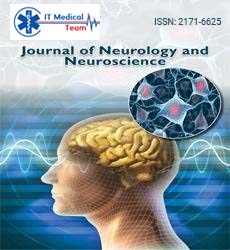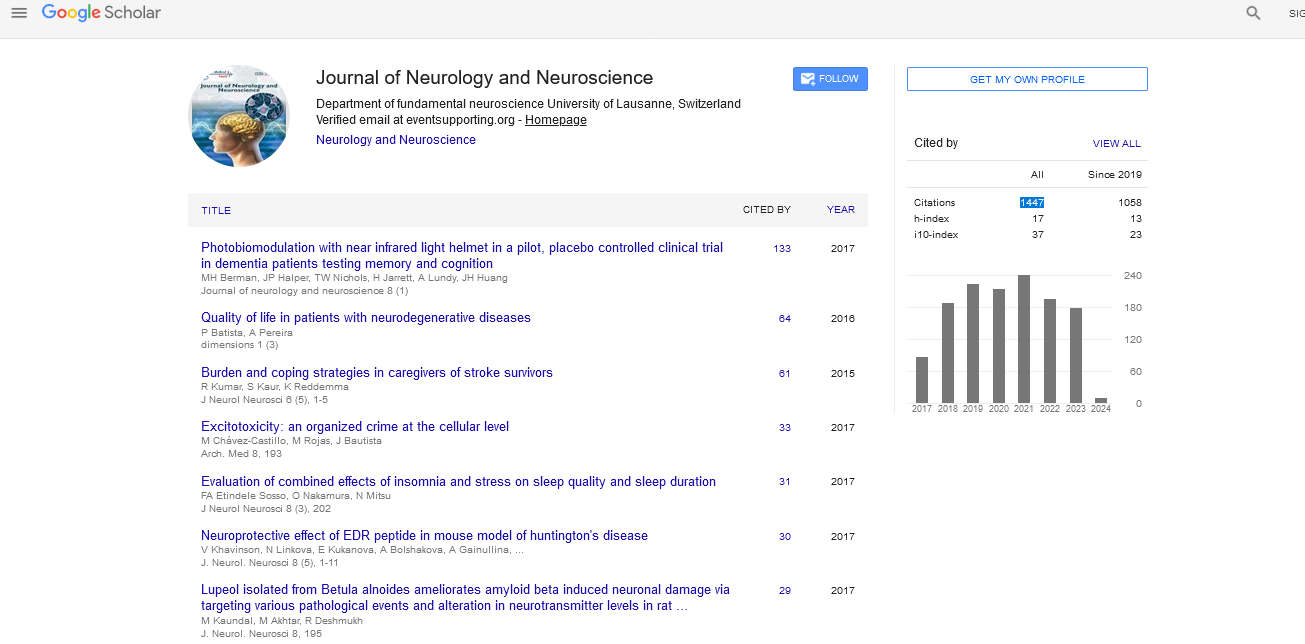Perspective - (2024) Volume 15, Issue 6
Instruction in augmented reality for intricate craniofacial situations in surgical oncology
Tekiee Luca*
Department of Oral and Maxillofacial Surgery, Radboud University, Nijmegen, Netherlands
*Correspondence:
Tekiee Luca, Department of Oral and Maxillofacial Surgery, Radboud University, Nijmegen,
Netherlands,
Email:
Received: 27-Nov-2024, Manuscript No. ipjnn-25-15491;
Editor assigned: 29-Nov-2024, Pre QC No. P- 15491;
Reviewed: 13-Dec-2024, QC No. Q-15491;
Revised: 18-Dec-2024, Manuscript No. R-15491;
Published:
25-Dec-2024
Abstract
Augmented Reality (AR) is transforming the landscape of medical surgery, offering significant advances in precision and outcomes, especially in the domain of craniofacial surgery. As craniofacial structures are intricately designed and their surgical repair often involves delicate, high-risk procedures, the integration of AR into surgical oncology provides significant improvements in the planning, execution, and post-operative care of patients. This technology allows surgeons to visualize complex structures in three dimensions, overlaying virtual data on the real world during surgery. In the context of surgical oncology, where precision is paramount due to the need for tumor removal and tissue conservation, AR aids in navigating complex anatomical regions. This guide provides an overview of how AR can be used in craniofacial oncology, focusing on both preoperative and intraoperative phases, with an emphasis on training and real-time guidance
INTRODUCTION
Augmented Reality (AR) is transforming the landscape
of medical surgery, offering significant advances in
precision and outcomes, especially in the domain of
craniofacial surgery. As craniofacial structures are
intricately designed and their surgical repair often involves
delicate, high-risk procedures, the integration of AR into
surgical oncology provides significant improvements
in the planning, execution, and post-operative care of
patients. This technology allows surgeons to visualize
complex structures in three dimensions, overlaying virtual
data on the real world during surgery. In the context
of surgical oncology, where precision is paramount due
to the need for tumor removal and tissue conservation,
AR aids in navigating complex anatomical regions. This
guide provides an overview of how AR can be used in
craniofacial oncology, focusing on both preoperative and
intraoperative phases, with an emphasis on training and
real-time guidance [1].
DISCUSSION
In craniofacial surgery, the preoperative phase is
critical for determining the best approach and assessing
potential risks. Tumor location, size, and involvement
with surrounding vital structures must be meticulously
planned. Traditional 2D imaging techniques such as
CT scans and MRIs provide vital information, but they
often fall short in representing the full complexity of
craniofacial anatomy. AR bridges this gap by overlaying
three-dimensional representations of the tumor and the
surrounding anatomical features onto real-world views of
the patient's face and skull. Surgeons can virtually explore
the anatomical structures in a 3D environment, gaining
a deeper understanding of the spatial relationships
between tumors and critical structures such as nerves,
blood vessels, and muscles.AR provides a tailored
visualization that can be customized based on the specific
features of the patientâ??s anatomy. This allows for a more
precise decision-making process in planning the surgical
approach, incision points, and strategies for tissue
conservation.
Surgeons can rehearse complex procedures in a
virtual environment before actual surgery, reducing the
risks associated with unanticipated complications. This
rehearsal can be particularly useful when approaching
difficult or rare craniofacial cancers. In craniofacial
oncology, tumors may infiltrate bone, soft tissue, and
even extend to critical structures such as the eye or brain.
By utilizing AR, surgeons can better anticipate these risks
and plan accordingly, significantly improving the success
rate of surgery [2].
15 (06) 2024 : 001-002 â?¢
2 â??
© J Neurol Neurosci
1. Ceccariglia F, Cercenelli L, Badiali G, et al. Application of
augmented reality to maxillary resections: A three-dimensional
approach to maxillofacial oncologic surgery. J Pers Med. 2022;
12(12):2047.
2. Battaglia S, Badiali G, Cercenelli L, et al. Combination of cad/
cam and augmented reality in free fibula bone harvest. PRS Global
Open. 2019; 7(11):e2510.
3. Cercenelli L, Carbone M, Condino S, et al. The wearable vostars
system for augmented reality-guided surgery: Preclinical phantom
evaluation for high-precision maxillofacial tasks. J Clin Med. 2020;
9(11):3562.
4. Ejaz A, Wenig BM. Sinonasal undifferentiated carcinoma: Clinical
and pathologic features and a discussion on classification, cellular
differentiation, and differential diagnosis. Adv Anat Pathol. 2005;
12(3):134-143.
5. Levine PA, Frierson Jr HF, Stewart FM, et al. Sinonasal
undifferentiated carcinoma: A distinctive and highly aggressive
neoplasm. Laryngoscope. 1987; 97(8):905-908.
During the actual surgery, AR offers real-time data
and guidance, allowing for more accurate and dynamic
decision-making. In craniofacial surgery, where the
anatomy is dense, intricate, and sometimes asymmetric,
the precision enabled by AR can significantly enhance
both the safety and outcome of the surgery. AR enables
the overlay of important anatomical structures, such as
the location of the tumor, on the surgeonâ??s field of view.
By using AR glasses or projectors, the surgical team can
visualize the exact location of the tumor and adjacent
critical structures during the procedure, allowing for
better navigation and sparing of healthy tissues. One of
the key challenges in craniofacial oncological surgery is
the complete resection of tumors while preserving vital
structures. AR enhances the surgeon's ability to track
tumor margins and monitor the progression of the
resection, ensuring that no cancerous tissue is left behind.
Surgeons can also visualize hidden or hard-to-reach areas,
such as deep-seated tumors, without additional invasive
procedures [3,4].
One of the unique advantages of AR in craniofacial
oncology is its potential as a training tool. Surgical
education often involves complex simulations to build skill
and proficiency. AR provides an immersive and interactive
environment for trainees to practice and learn without
the risks associated with live surgery. AR facilitates remote
mentoring, allowing trainees in remote or underserved
areas to learn from top specialists without geographical
constraints. AR also has potential applications beyond
the operating room. Postoperative monitoring and
rehabilitation for craniofacial cancer patients can be
enhanced with AR technologies that assist in visualizing
recovery and tracking changes over time. For instance,
AR can help in assessing wound healing, tracking surgical
outcomes, and planning reconstructive interventions [5].
CONCLUSION
The integration of augmented reality into craniofacial
surgical oncology offers substantial advancements in both
the execution of surgeries and the training of surgeons.
By enhancing preoperative planning, providing realtime intraoperative navigation, and offering innovative
training tools, AR has the potential to improve the
accuracy and outcomes of complex craniofacial cancer
surgeries. As AR technology continues to evolve, its
impact on the field of surgical oncology will likely expand,
fostering more personalized, precise, and successful
treatments for patients.
REFERENCES
- Ceccariglia F, Cercenelli L, Badiali G, et al. Application of augmented reality to maxillary resections: A three-dimensional approach to maxillofacial oncologic surgery. J Pers Med. 2022; 12(12):2047.
Google Scholar, Crossref, Indexed at
- Battaglia S, Badiali G, Cercenelli L, et al. Combination of cad/cam and augmented reality in free fibula bone harvest. PRS Global Open. 2019; 7(11):e2510.
Google Scholar, Crossref, Indexed at





